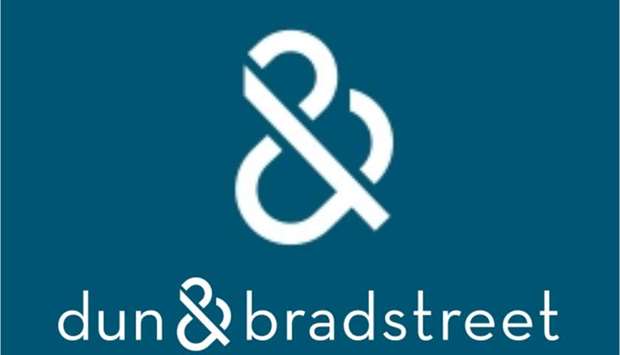Qatar has the resources, including through its sovereign wealth fund, to inject liquidity as required in the event of energy price volatility, Dun & Bradstreet said in its latest economic bulletin.
Referring to the economic blockade imposed on Qatar since June 2017 by four regional Arab countries, Dun & Bradstreet said Qatar has "largely overcome the economic impact" of the blockade, and found new trade routes and sources of financing, limiting risks.
Deflation in the country, it said, eased year-on-year to 0.5% in April-May this year largely due to higher global oil prices, against which “Qatari domestic fuel is roughly indexed” each month.
Transport prices, the second most highly weighted component of the consumer price index, rose by 5% in those two months, bringing annual transport inflation back to an average of 1.7%, compared with 2.4% deflation in the first quarter, the researcher said.
“We expect average annual deflation of 0.3% in 2019,” Dun & Bradstreet noted.
Qatar's foreign merchandise trade balance showed a surplus of 3.5% to QR13.6bn in May compared to April, Dun & Bradstreet said quoting the Planning and Statistics Authority data.
However, on a year-on-year basis it decreased by 8.9% mainly due to “lower exports” of petroleum gases and other gaseous hydrocarbons.
In terms of commodities (crude petroleum and gold) the report said oil prices gained on June 21 on fears over US-Iran tension and a weaker dollar. This was coupled with data from Baker Hughes, which revealed that the number of active drilling rigs in the US fell by two to 967 last week.
US commercial crude inventories decreased by 12.8mn barrels for the week that ended on June 21, it said.
The prices of yellow metal settled above the $1,400 per ounce mark amid “lower interest rates expectation, a softer dollar and increased geopolitical uncertainties”, Dun & Bradstreet said.
The researcher also provided some data on Oman and Kuwait.
Citing latest data released by the National Center for Statistics and Information (NCSI), the inflation rate, calculated in terms of CPI in Oman, increased by 0.22% in May this year, compared to May 2018.
The rise was mainly driven by an increase in price of major segments such as food and non-alcoholic beverages, restaurants and hotels, education, recreation and culture, furnishings, household equipment and routine household maintenance.
According to the Central Statistical Bureau, Kuwait's Producer Price Index (PPI) reached 87.5 points in Q1, 2019 compared to 85.4 points in Q4, 2018, exhibiting an increase of 2.46%, Dun & Bradstreet said.
Deflation in the country, it said, eased year-on-year to 0.5% in April-May this year largely due to higher global oil prices, against which “Qatari domestic fuel is roughly indexed” each month.
Transport prices, the second most highly weighted component of the consumer price index, rose by 5% in those two months, bringing annual transport inflation back to an average of 1.7%, compared with 2.4% deflation in the first quarter, the researcher said.
“We expect average annual deflation of 0.3% in 2019,” Dun & Bradstreet noted.
Qatar's foreign merchandise trade balance showed a surplus of 3.5% to QR13.6bn in May compared to April, Dun & Bradstreet said quoting the Planning and Statistics Authority data.
However, on a year-on-year basis it decreased by 8.9% mainly due to “lower exports” of petroleum gases and other gaseous hydrocarbons.
In terms of commodities (crude petroleum and gold) the report said oil prices gained on June 21 on fears over US-Iran tension and a weaker dollar. This was coupled with data from Baker Hughes, which revealed that the number of active drilling rigs in the US fell by two to 967 last week.
US commercial crude inventories decreased by 12.8mn barrels for the week that ended on June 21, it said.
The prices of yellow metal settled above the $1,400 per ounce mark amid “lower interest rates expectation, a softer dollar and increased geopolitical uncertainties”, Dun & Bradstreet said.
The researcher also provided some data on Oman and Kuwait.
Citing latest data released by the National Center for Statistics and Information (NCSI), the inflation rate, calculated in terms of CPI in Oman, increased by 0.22% in May this year, compared to May 2018.
The rise was mainly driven by an increase in price of major segments such as food and non-alcoholic beverages, restaurants and hotels, education, recreation and culture, furnishings, household equipment and routine household maintenance.
According to the Central Statistical Bureau, Kuwait's Producer Price Index (PPI) reached 87.5 points in Q1, 2019 compared to 85.4 points in Q4, 2018, exhibiting an increase of 2.46%, Dun & Bradstreet said.


